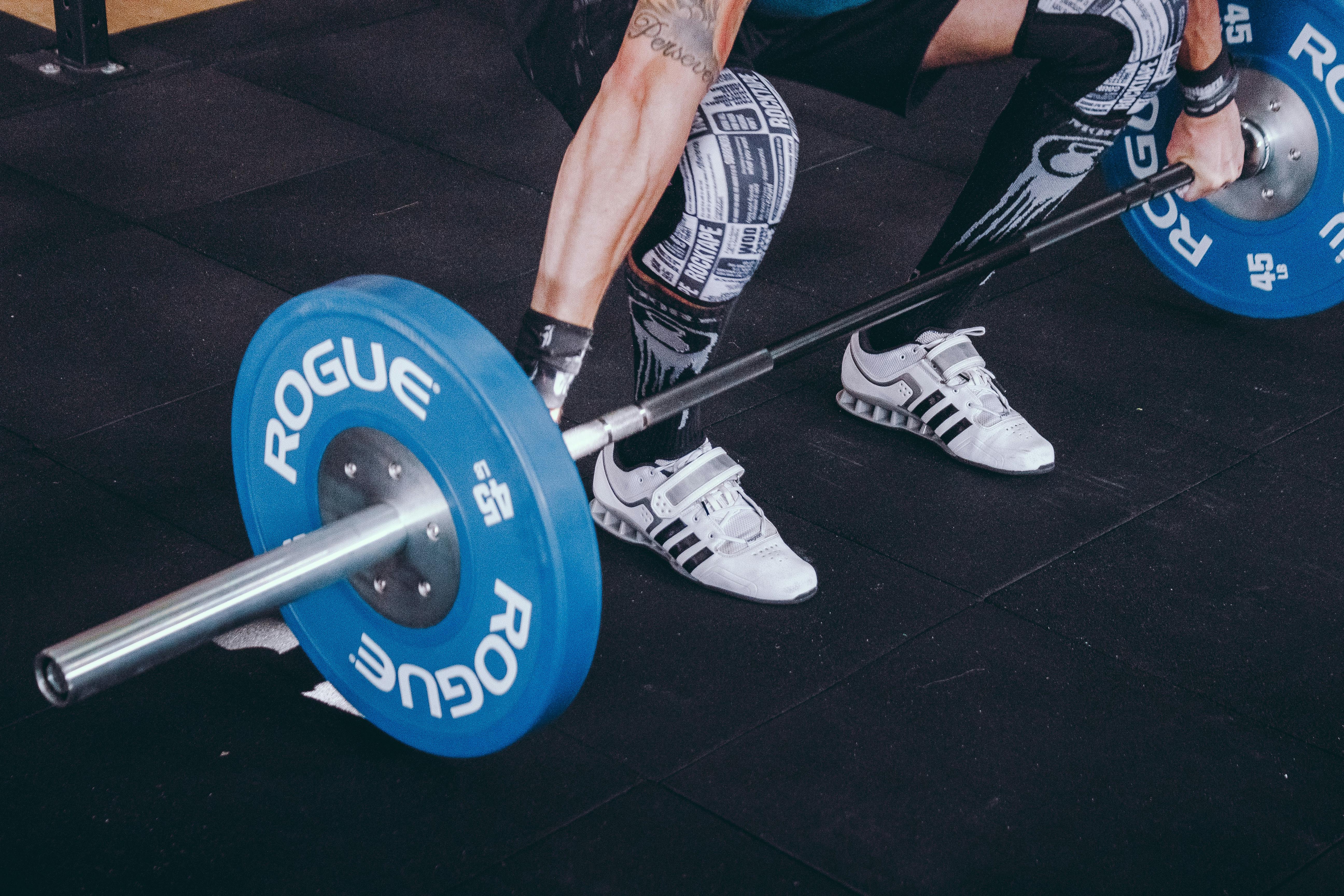The body’s main energy store is called glycogen (pronounced gly-ko-gen). Glycogen consists of many glucose molecules linked to form a chain. Stocking up on glycogen is crucial to your road bike training.
When you eat carbohydrates, your body stores them as glycogen. There are two types of Carbohydrates, simple and complex. Simple carbohydrates are single glucose molecules and are rapidly metabolized. That’s why cyclists eat a mars bar or anything else sugary when they feel like they’re going to hit the wall, it gives them a quick spike of energy to keep going some more.
If all you ate were mars bars before a long ride or road bike training session, you’d run out of energy quickly, as glucose burns fast. You could go on if you ate a continuous supply of Mars bars during the trip (but it would take the willpower to eat 40 Mars bars! I once did it in a weekend, but that’s another story!).
Before a long ride or tough road bike training session, you should eat complex carbohydrates, such as pasta and potatoes. Complex carbohydrates are metabolized more slowly by your body, since enzymes need to break the bonds between glucose molecules. Since complex carbohydrates are metabolized more slowly, you have a continuous supply of energy available. Eating a lot of carbs before an event is known as carb loading.
During a trip, you need to eat simple and complex carbohydrates. Cereal and energy bars are perfect for this, preferably ones with a lot of oats, fruit and nuts. Someone in my club used to keep some boiled potatoes in his jersey pocket! (Whatever works for you is fine!)
If you don’t eat during a ride or road bike training session, your glycogen stores will eventually run out and you’ll hit the wall/bump/bump (there are so many different terms for this). If this has happened to you before, you know that it is a very unpleasant experience. If you’re in a race and this happens, you’re done for, you’ll most likely have to drop out and have a slow and uncomfortable ride home.
The first sign that your glycogen stores are running low is that you will start to feel unstable. However, if you’re on the bike, you probably won’t notice it unless you stop. The second sign is that lactic acid will build up in your legs, even if you don’t push yourself too hard. If you know how fast you typically cycle a particular section of your route, and find that your legs are on fire trying to keep up that speed, there’s a good chance you’re going to hit a wall.
The third sign is hunger, you should not be hungry at any time on your route (remember the golden rule, eat before you are hungry, drink before you are thirsty).
The final sign is severe fatigue, you’ll feel weak, hungry, your legs will scream at you, and you’ll have a hard time keeping 15 mph on the ground. This is really not nice, and you want to avoid it at all costs. If you’re cycling in a group, don’t be embarrassed to tell someone you’re running low on power. If people in your group put you down or make you feel stupid for running out of energy, you should find another group to train with.
After your ride or road bike training session, you need to eat plenty of complex carbohydrates to replenish your glycogen stores. You will also need to eat a good amount of protein to help your muscles rebuild and recover.
To calculate how many carbohydrates you should consume, you need to know how many calories you expect to burn on the trip and your body weight in kg.
The number of grams of carbohydrates that your body can store is 15 g per kg of body weight. I weigh 62 kg, so my body has a capacity of 930 g. Each gram of carbohydrate releases 4 calories, so my body can store 3,720 calories.
Let’s say I knew I was going to burn 5,000 calories (about a Century trip) and had loaded my body with carbs, I would still be 1,280 calories short, which is 320g of carbs. If you were to consume 50g in the morning, you would still need to carry 270g of carbs, or about 10 energy bars.
Here are two formulas to simplify the above:
Grams of carbs you should be eating on your carb loading days = Body Weight in KG * 15
Grams of carbs you should take on your trip = (number of calories you’ll burn / 4) – (Grams eaten on carb-loading days) – (Grams eaten at breakfast)
There is more information on road bike training on my lenses and hubs page.

